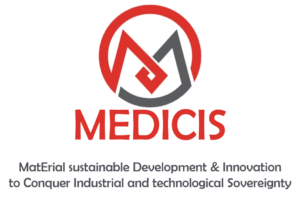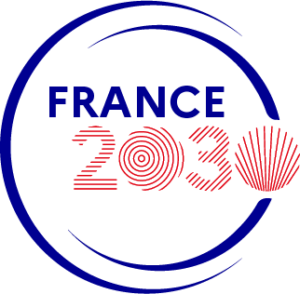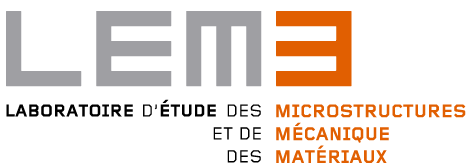- Salle de réunion du 1e étage, LEM3 – site principal, 7 rue Félix Savart, 57070 Metz
Under the aegis of the Medicis programme



Resume
Microstructure and voids profoundly influence the behavior of materials under a variety of thermal, mechanical, optical, or electromagnetic stimuli. For structural materials, the effects manifest through deformation, failure, and energy dissipation. For metamaterials, the effects can be on the propagation of stress, acoustic, and electromagnetic waves. For energetic materials such as propellants and polymer-bonded explosives, microstructure and voids can dominate the initiation, growth and propagation of chemical reactions under impact loading. The underlying mechanisms include hotspots resulting from void collapse and frictional heating along internal crack surfaces. In this presentation, I will discuss research using three-dimensional microstructure-explicit and void-explicit simulations at the millimeter size scale to predict the shock response, reaction initiation and shock-to-detonation transition of energetic materials that consist of molecular crystalline grains and a polymer binder. The focus is to systematically quantify the effects of void density, gradient in the spatial distribution of voids, and microstructure on the development of hotspots which lead to reaction initiation, growth, and propagation. The objective is to predict the ignition threshold and the conditions for the transition of the propagating wave front from shock to detonation. I will outline how the effects of voids and microstructure combine to influence the material behavior and how the density and distribution of voids can be used to tailor the behavior of the materials.
About the speaker
Professor Zhou is the Carter N. Paden, Jr. Distinguished Chair for Innovation in Material Science and Metals Processing at Georgia Tech. He received his Ph.D. from Brown University in 1993, was a postdoc at Caltech between 1993 and 1995 and joined the faculty at Georgia Tech in 1995. His research concerns material behavior study using multiscale/multiphysics simulations and experiments with laser interferometry and digital diagnostics. In recent years, his research has focused on microstructure-fracture toughness relations, impact response of ceramics, development of novel experimental diagnostics of microscopic deformation and temperature fields at high strain rates, and impact-induced ignition and shock-to-detonation transition of energetic materials. He is a Fellow of the American Society for Mechanical Engineers and was named World Class University Professor by the National Research Foundation of Korea. He has served as Editor, Associate Editor, or Editorial Board Member of a number of journals and has given over 400 presentations in the United States, Europe and Asia, over 200 of which are invited, keynote, or distinguished lectures.
To attend on teams
It is also possible to attend the seminar on Microsoft Teams.





